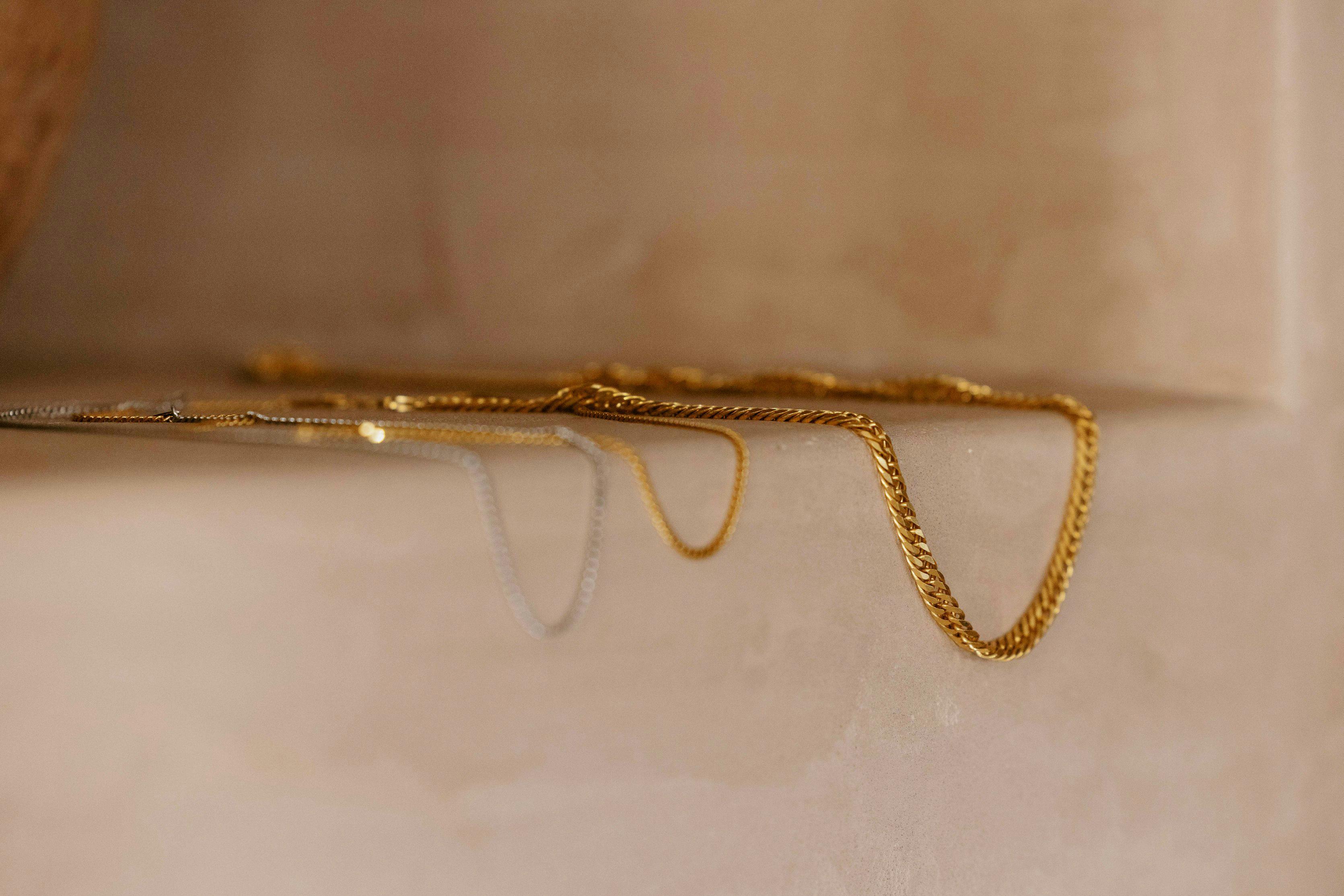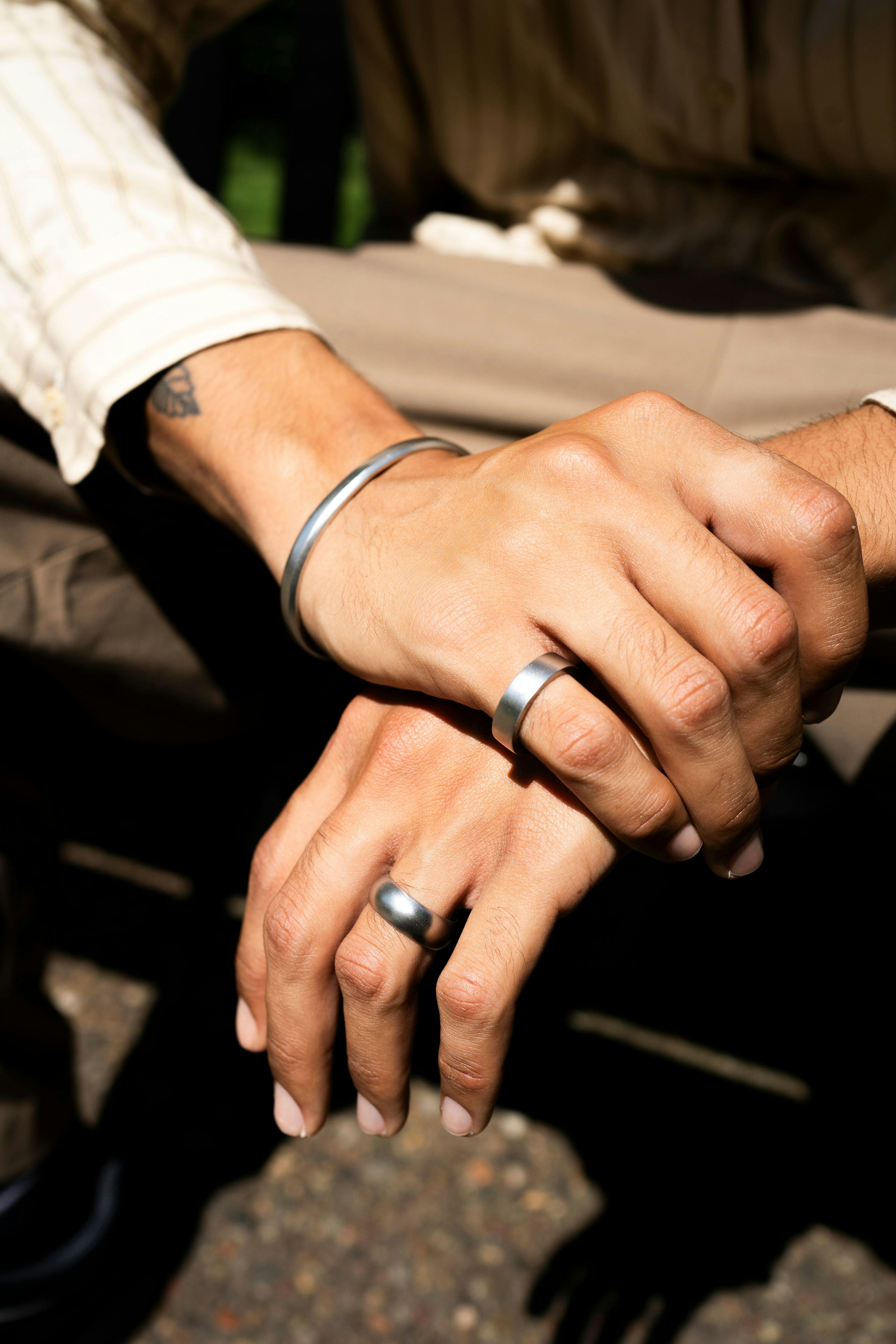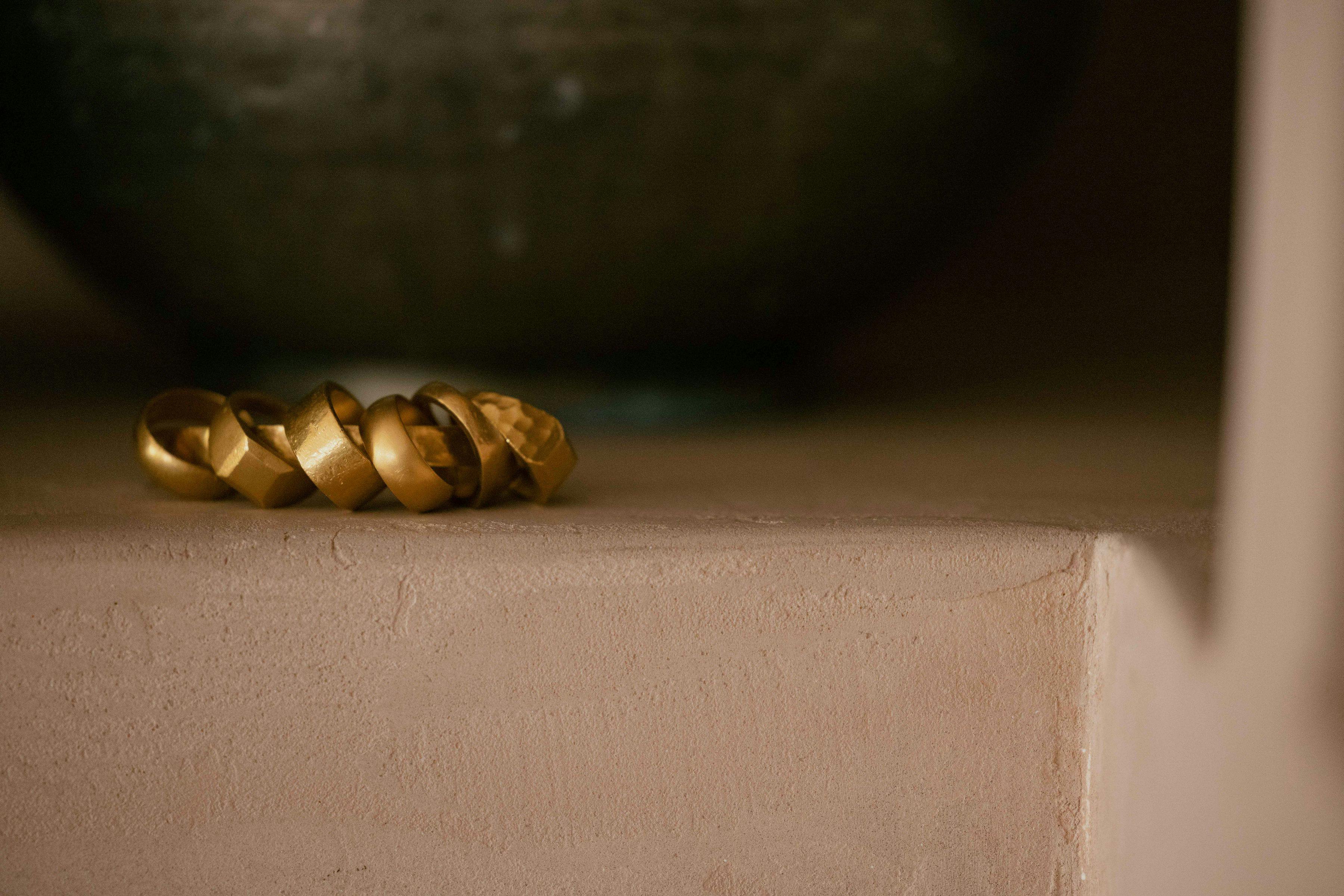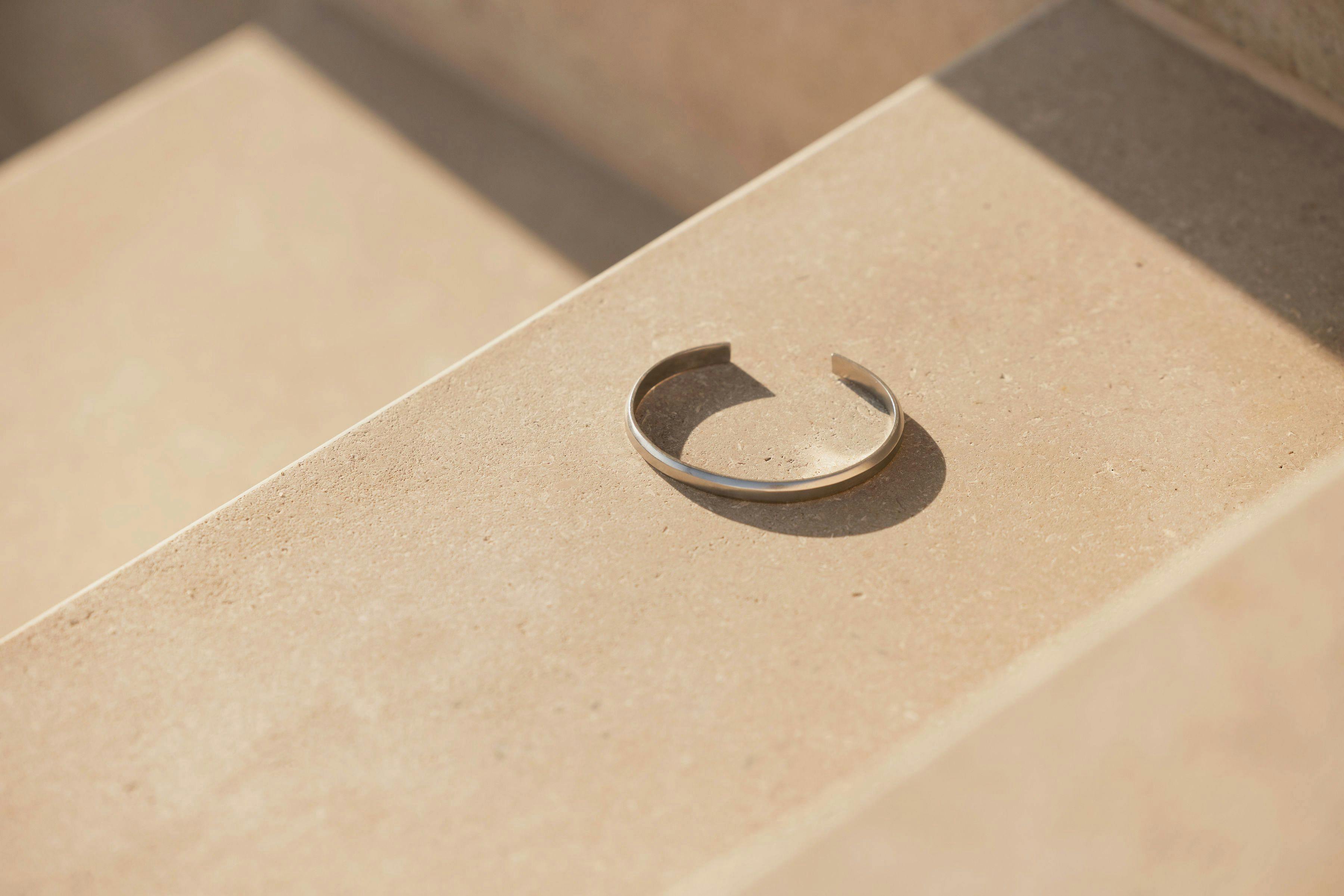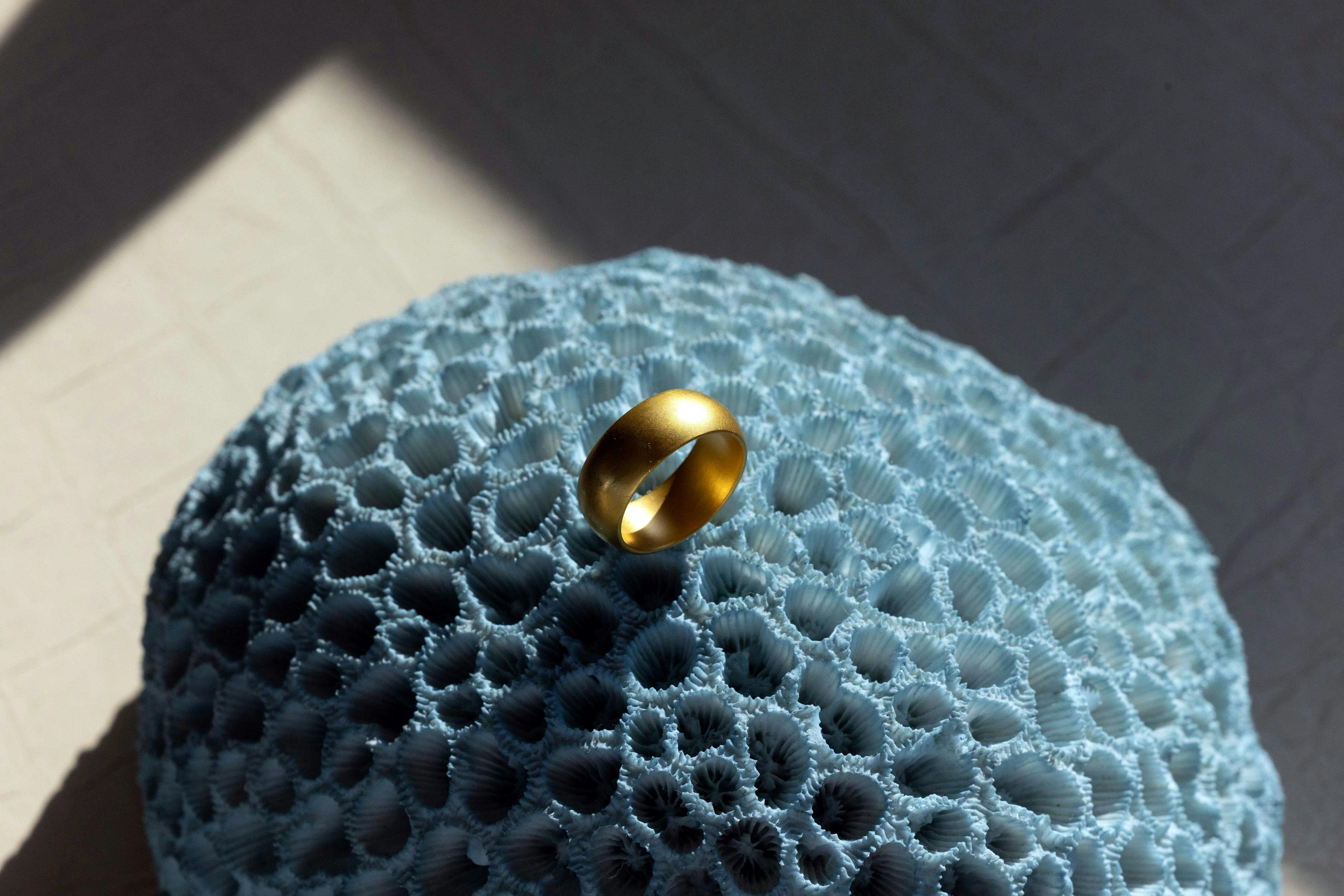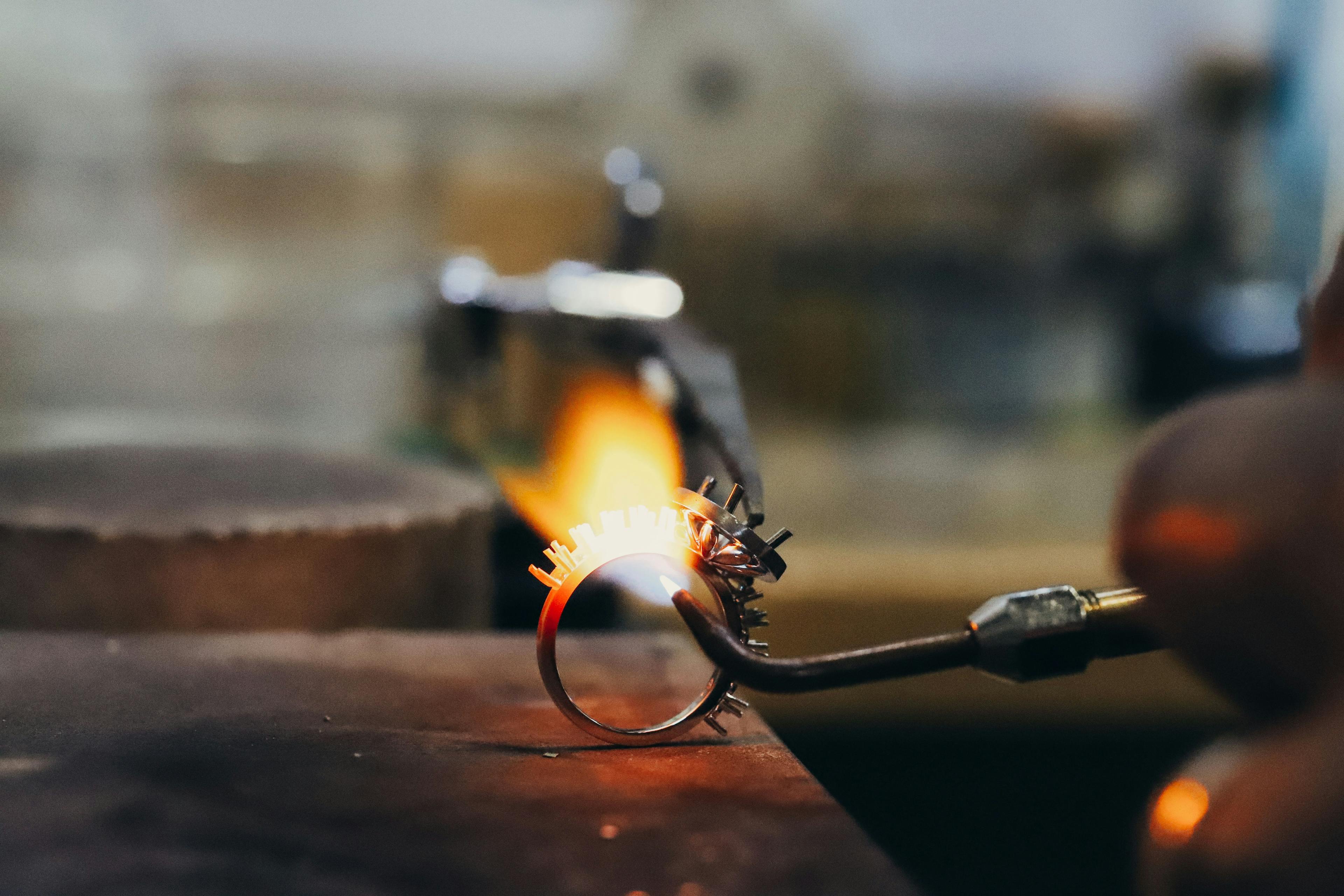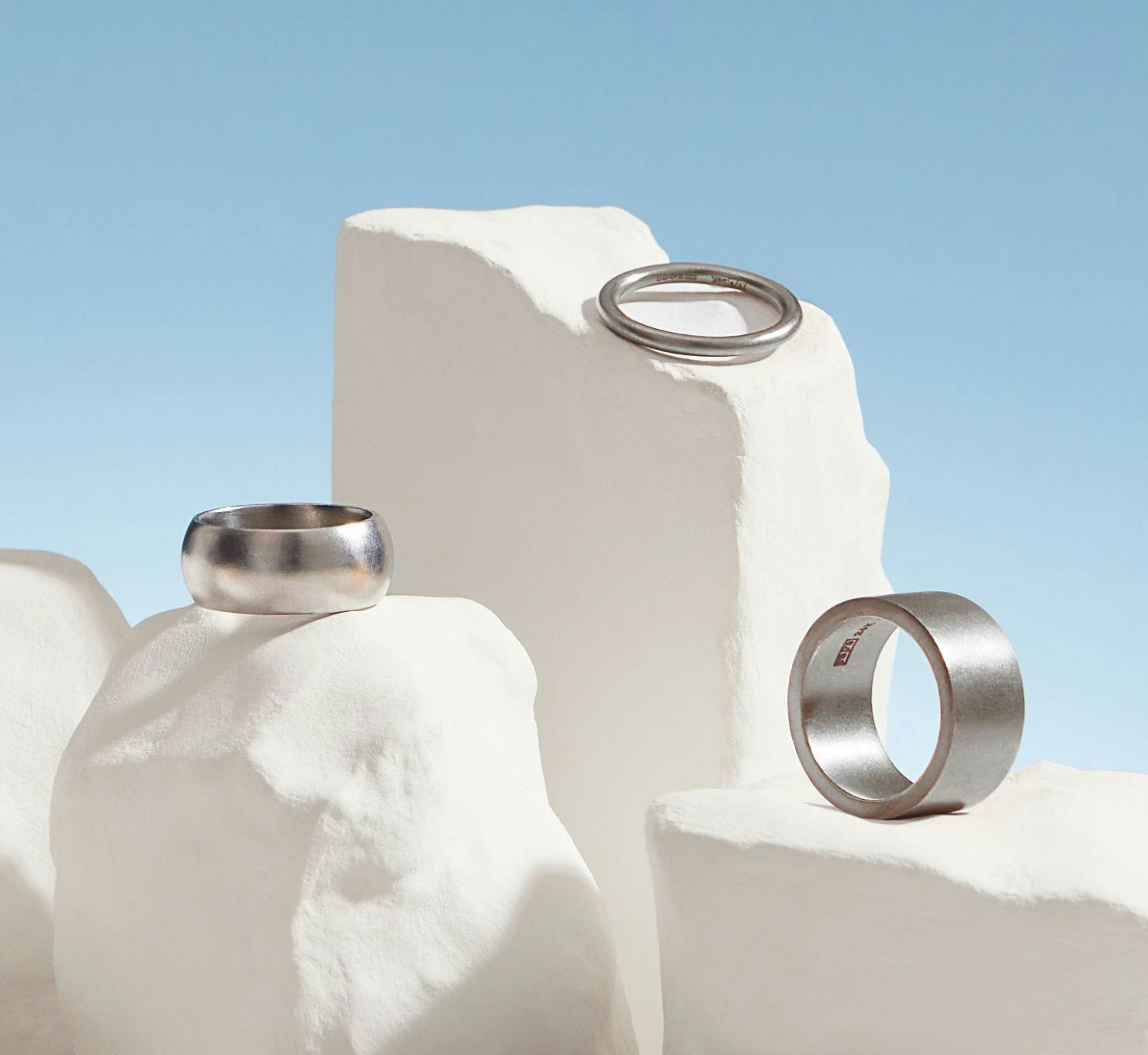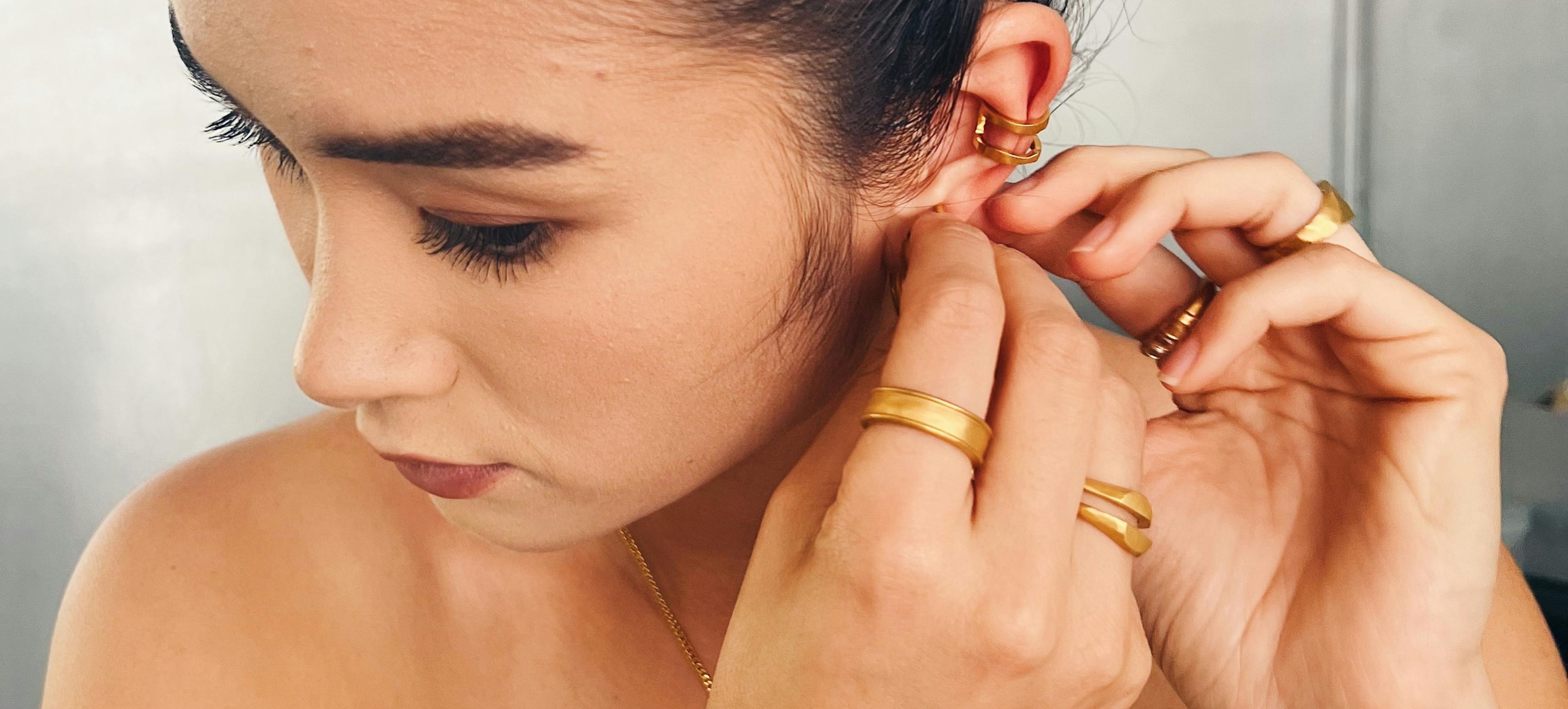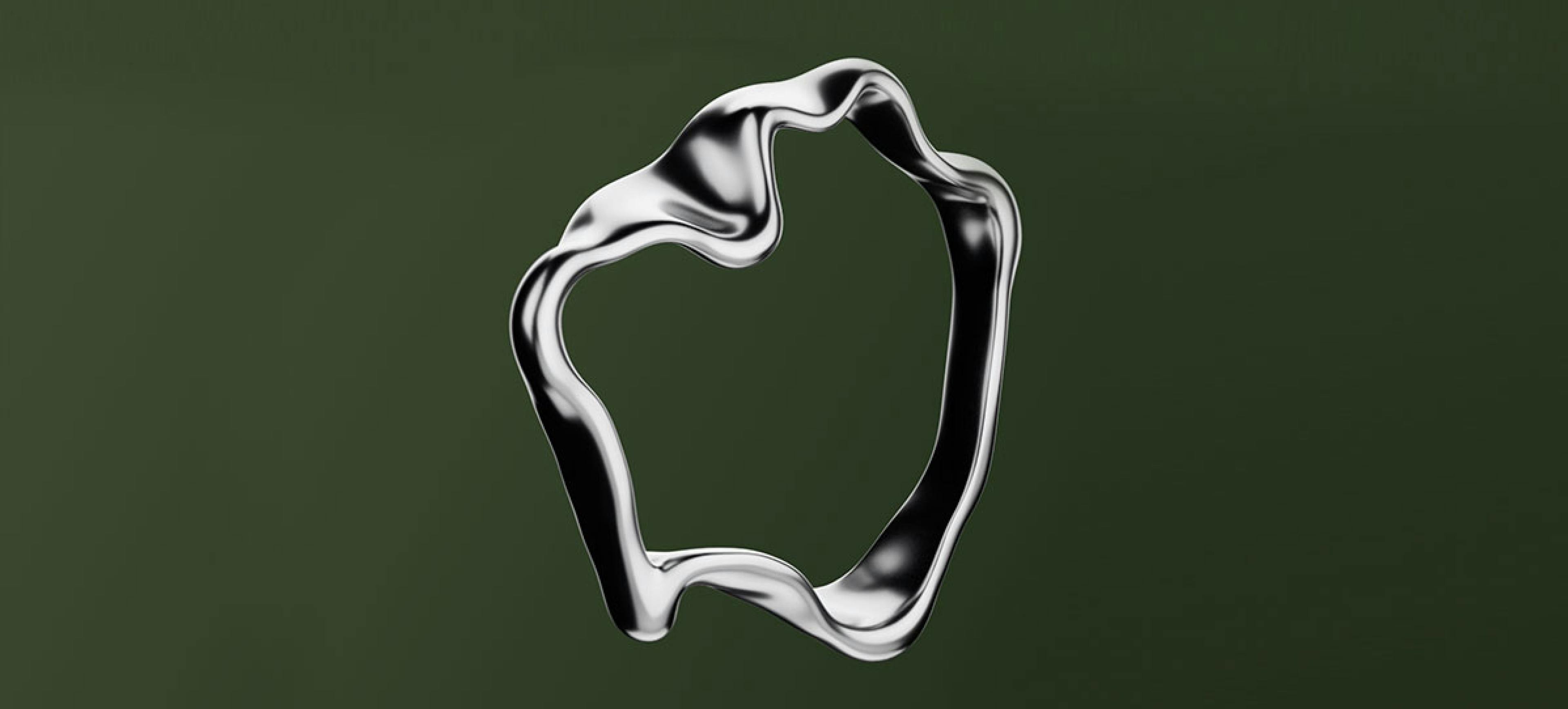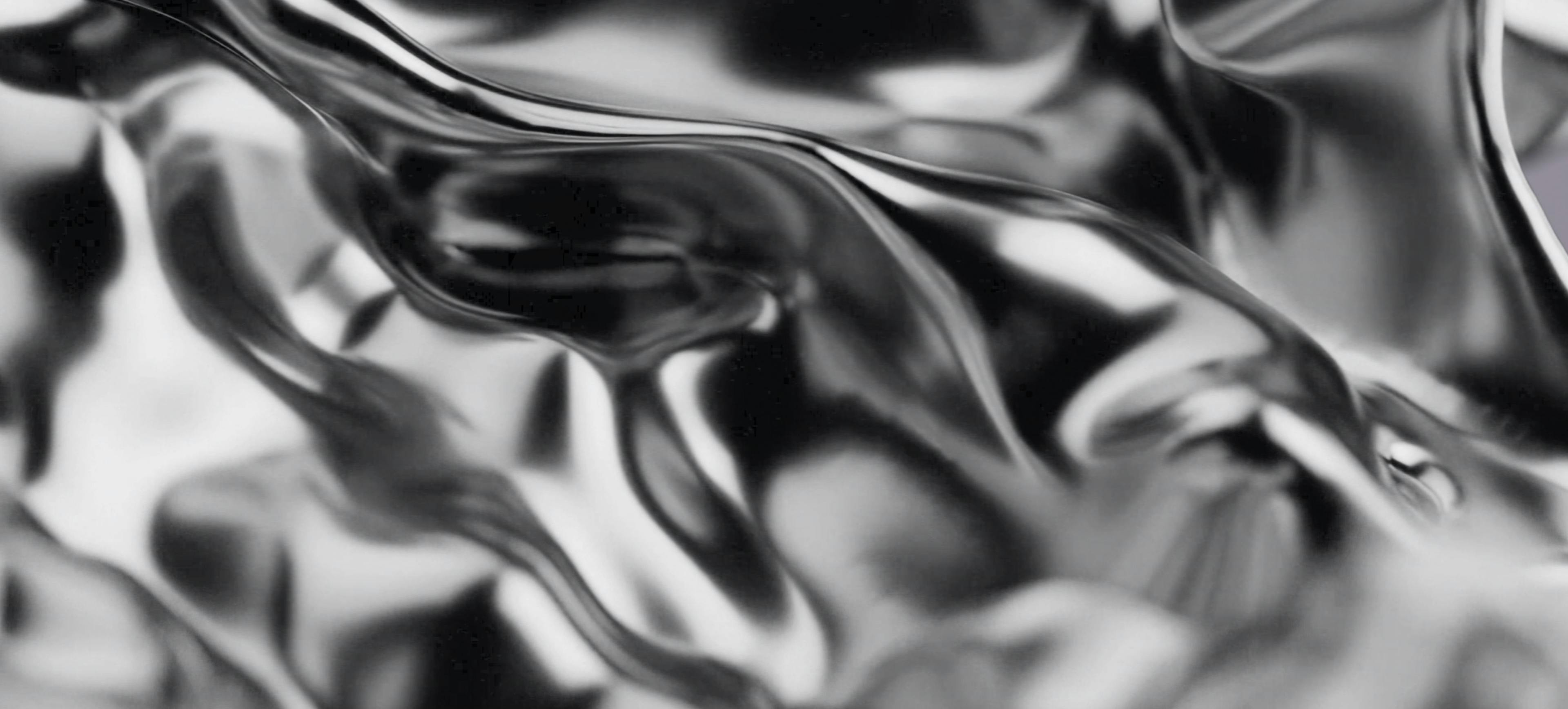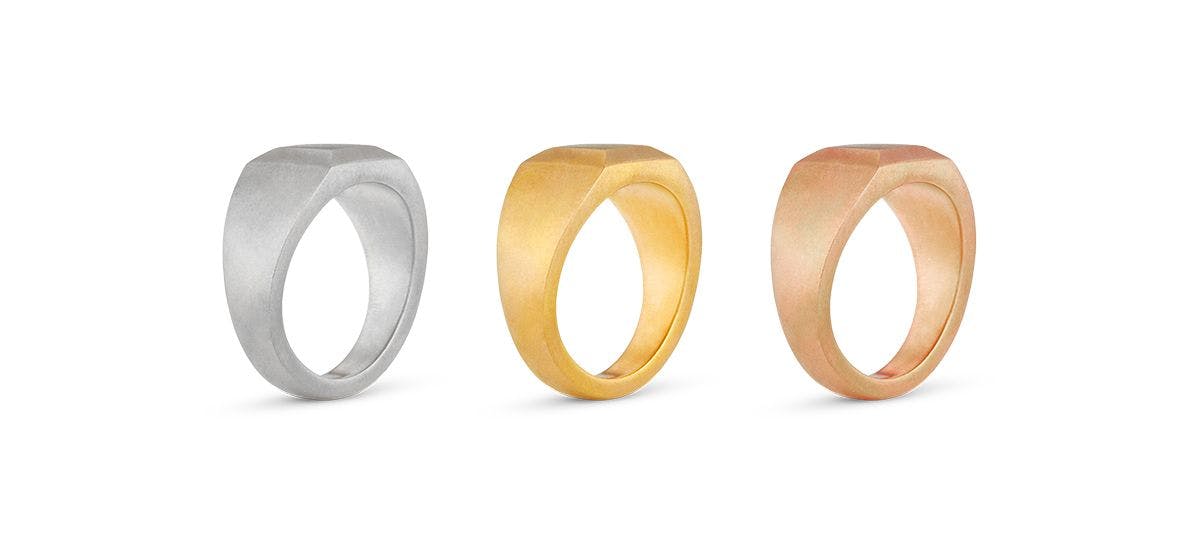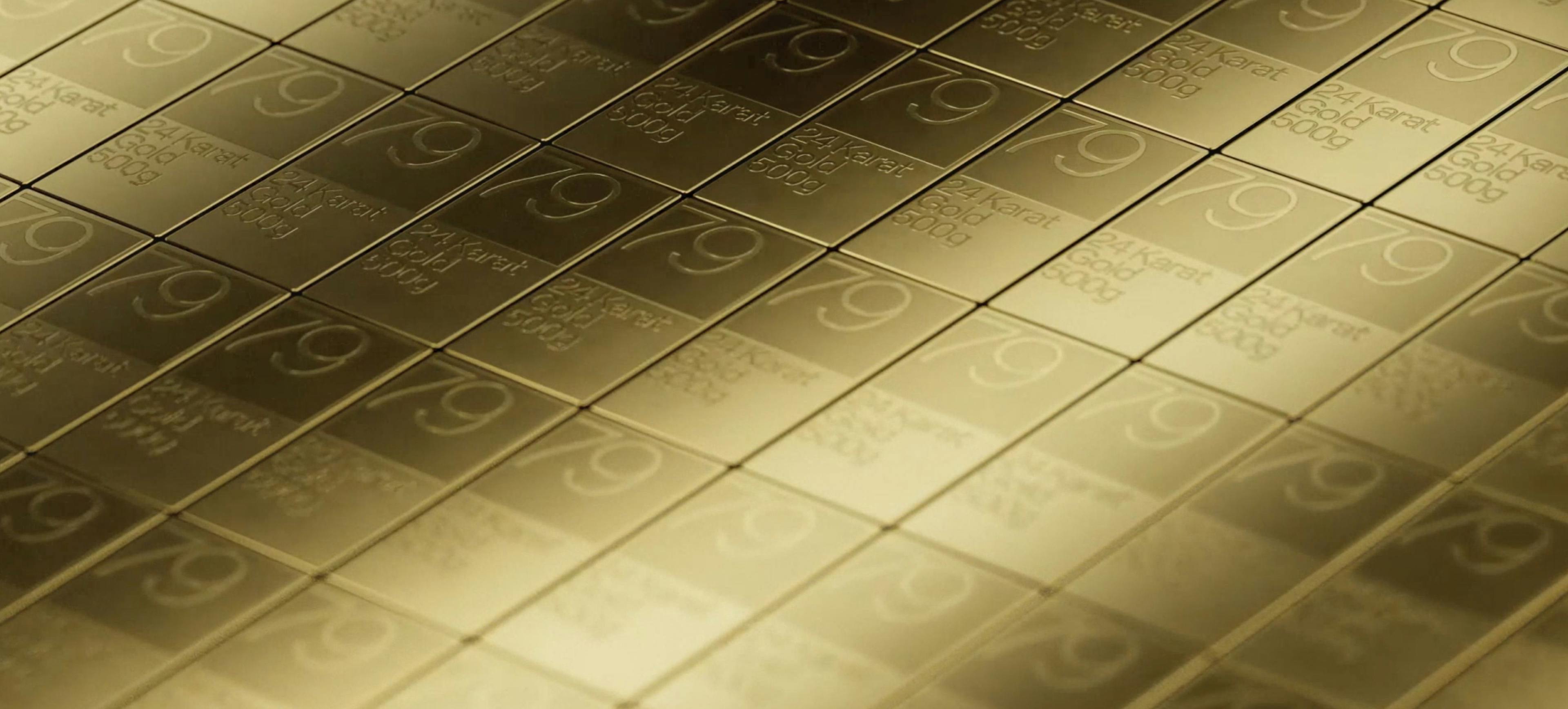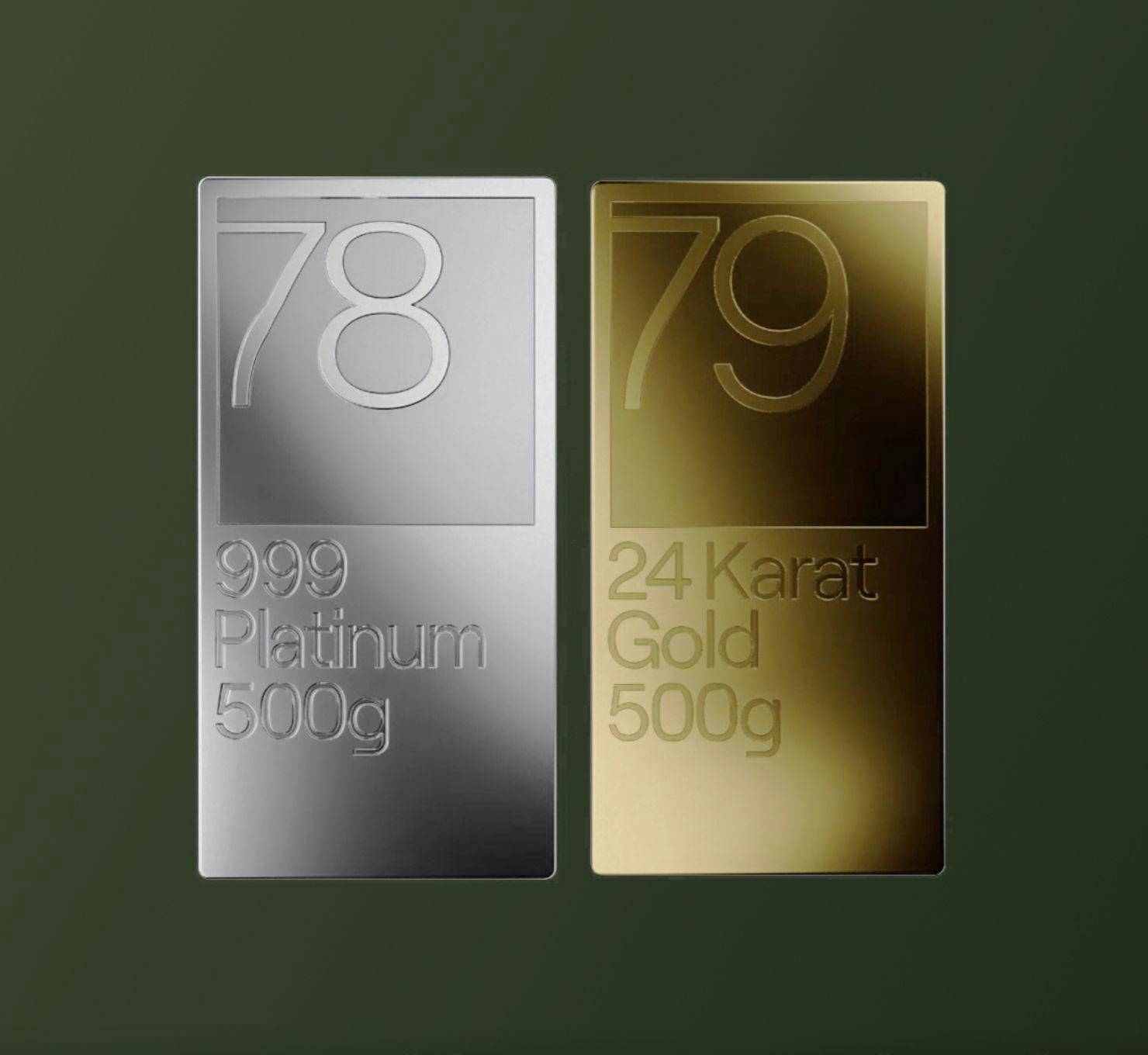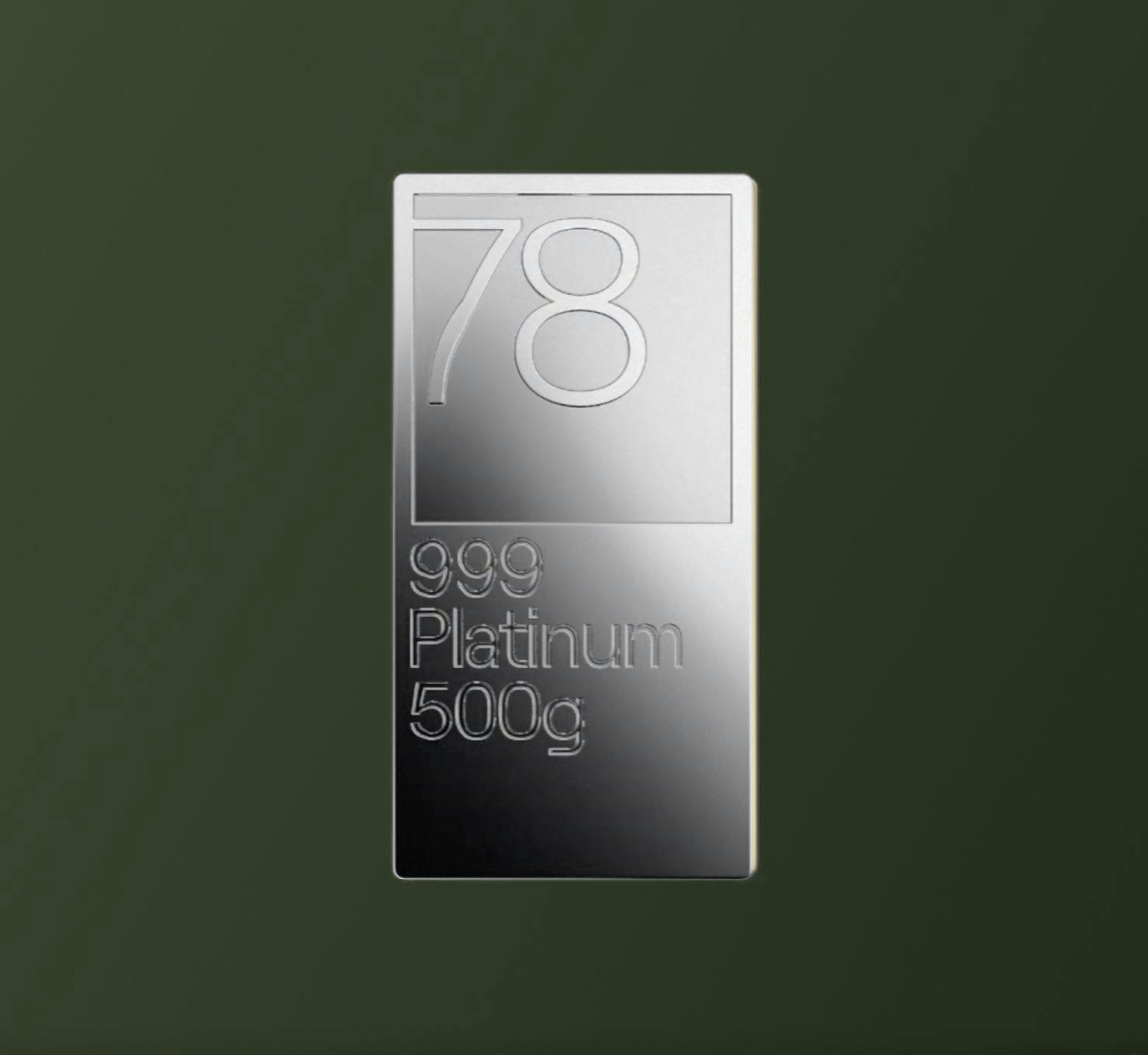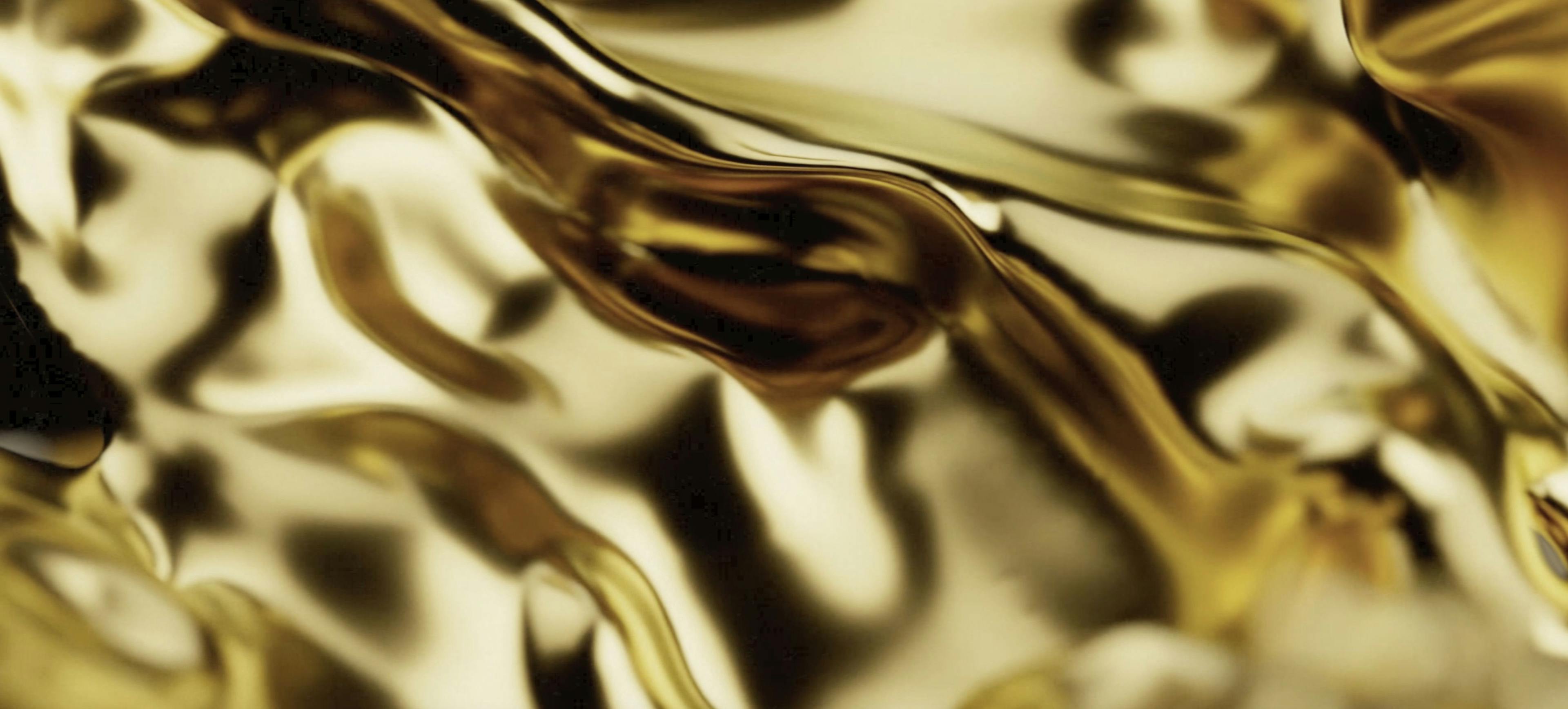What’s the Difference Between Gold-filled and Gold-plated Jewellery?
We can all agree that gold jewellery is beautiful. It adds polish to any outfit, it shines brightly against all shades of skin, and it never goes out of style. That said, there’s a big difference between gold-filled, gold-plated and solid gold jewellery.
Understanding the specific features of these metal types is essential when choosing your next jewellery purchase, so we’re here to help. In this guide, you can learn everything you need to know about each gold jewellery type, including appearance, durability, quality and price.
What does gold-plated mean?
If your jewellery is described as ‘gold-plated’, this means it has been made via a process where a thin layer of gold is deposited onto the surface of a different metal. We call the underlying metal the ‘base metal’, and the depositing process is called electroplating.
To make gold-plated jewellery, the base metal is first cleaned thoroughly, and then a layer of nickel is added on top. This helps protect the final gold layer from the base metal. To deposit the gold, the jewellery is dipped into a gold solution. An electrical charge is then used to attract positively charged gold ions, fusing the gold layer to the piece.
How much gold is in gold-plated jewellery?
Most metals can be used as the base metal in gold jewellery, though silver and copper are the most common. There’s no minimum requirement for the thickness of the gold layer, which is why gold-plated jewellery can be inexpensive. That being said, gold-plated jewellery can be more valuable if plated with a high gold karat weight (22-karat gold, for example).
It’s also important to understand that gold-plated jewellery varies in colour based on the karat and thickness of the gold plating. A piece plated with 14k gold will be much paler than a piece plated in 22k gold, for example.
How long does gold-plated jewellery last?
Establishing exactly how long your gold-plated pieces will last is difficult, as this depends on several factors. Jewellery with a thick gold plating layer will, naturally, last longer than pieces with thin plating. Gold-plated rings and bracelets also tend to wear out quicker than earrings or necklaces, as they come into contact with water and surfaces more often.
Overall, with the proper care, gold-plated jewellery can last for a couple of years before the gold plating starts to wear off and tarnish. When the gold plating does begin to fade, you can get it re-plated rather than replacing this. Most jewellers can do this for a small fee of around £30-70, depending on the piece.
What does gold-filled mean?
Like gold-plated jewellery, gold-filled jewellery is made from a base metal and an outer layer of gold. However, the difference between gold-plated and gold-filled jewellery is in the production process.
Gold-filled jewellery is made by sandwiching the base metal between two layers of gold, heating them, and then passing the metal through a roller several times. Once the gold-filled material is made, the jewellery is shaped and created.
How much gold is in gold-filled jewellery?
For a piece of jewellery to be classified as gold-filled, at least 1/20 of its weight must be pure gold. This is the minimum gold percentage, however, and a lot of gold-filled jewellery has a higher percentage.
Gold-filled jewellery has a thicker outer layer than gold-plated jewellery. Whilst the base metal is generally brass, the outer gold layers can be made from 10, 14, 18, 22 or 24k gold. As explained earlier, the higher the karat, the deeper the colour of your gold-filled jewellery.
How long does gold-filled jewellery last?
With proper care, gold-filled jewellery may last between ten and thirty years. This is significantly longer than gold-plated jewellery, which makes it an appealing option if you want durable jewellery you can wear every day. However, how long your gold-filled jewellery lasts also depends on the production and thickness of the gold layer.
As gold-filled jewellery is created using several layers of solid gold sheets, it’s less likely to chip, tarnish or discolour.
The difference between gold-plated and gold-filled
The main difference between gold-plated and gold-filled jewellery is the process in which it’s made. However, there are other factors which are arguably more important to know, as these impact the look and feel of your jewellery.
When choosing your new pieces, consider the following gold-filled and gold-plated differences.
Gold layer
As explained above, gold-filled jewellery has thicker outer layers of gold than gold-plated jewellery. This impacts everything from value to durability, and we’ll talk more about these factors later. One important thing to consider, however, is how the gold layers impact the hypoallergenic nature of your jewellery.
In general, if you have skin sensitivity issues or are allergic to metals such as nickel, we recommend opting for solid 24k gold jewellery. That said, we understand this might be out of your price range, so gold-filled is the second-best option.
Thanks to the thicker outer layers, gold-filled jewellery is safer than gold-plated jewellery. As gold-filled jewellery is more resistant to tarnishing and wear, your skin is less likely to come into contact with the base metals, which can trigger an allergic reaction.
Amount of gold
Gold-filled jewellery has a greater amount of gold than gold-plated jewellery, which affects both the colour and cost of the piece. Both factors are important, so let’s dive into what differences you can expect.
Gold-filled jewellery usually has a deeper colour than gold-plated jewellery, thanks to the amount of gold in the piece. This gives it a look which is more akin to real gold. In fact, many people find it difficult to spot the difference between gold-filled and solid gold jewellery. If you want your jewellery to evoke the same feelings of warmth and luxury as solid gold, gold-filled is the way to go.
Of course, thanks to the amount of gold in gold-filled jewellery, it is more expensive. Gold-plated jewellery can cost as little as £20, whereas gold-filled jewellery starts at around £50 for a dainty piece.
Durability
As we discussed earlier, one essential gold-plated and gold-filled difference is how long it will last. Gold-filled jewellery is much more durable than gold-plated jewellery, lasting up to 30 years without tarnishing.
Whether durability is an important factor for you depends on how often you want to wear your jewellery and what kind of jewellery it is. For instance, if you’re buying jewellery that you may only wear a handful of times, gold-plated jewellery will suffice. This could be a pair of earrings that go with a specific outfit or jewellery for children that may grow out of it or misplace it.
If you want to wear your jewellery on a daily basis, gold-filled jewellery is a better option. While gold-filled jewellery still requires care to maintain its lustre, it’s much more resistant, and it’s even showerproof. We also recommend opting for a gold-filled finish if you're buying rings or bracelets. These kinds of pieces need to withstand hand-washing and daily tasks like exercise or housework.
Value
Gold-filled jewellery is more expensive than gold-plated jewellery. This is both because the process is more technical, and because a specific amount of gold must be used for a piece to be called ‘gold-filled’.
The upfront cost of gold-plated or filled jewellery is an obvious thing to consider, but we also recommend thinking about additional costs and the longevity of your piece too.
If you buy a cheaper gold-plated piece, chances are you will need to pay to replate it within 2-3 years. These costs can quickly rack up if you want your pieces to last for years to come. In contrast, gold-filled pieces will only need servicing 2-3 per lifetime, making them cheaper in the long run and a better choice for heirlooms and sentimental gifts.
Is gold-filled or gold-plated for you?
Both gold-plated and gold-filled pieces have their place in your jewellery box; it all depends on what you want from your pieces and how you want to wear them. That said, as gold-filled jewellery is more durable and valuable than gold-plated jewellery, it’s often the better alternative to solid gold jewellery.
We believe everyone should be able to express themselves with beautiful jewellery, no matter their budget. While we’ve written this guide to help you decide between two popular gold finishes, we also recommend considering solid gold jewellery. Solid gold lasts much longer than both gold-filled and gold-plated jewellery, and it has an inimitable look.
7879 gold jewellery is an investment, and we’re transparent about our pricing too. You may think this type of jewellery is out of your price range, but we invite you to be pleasantly surprised by our pieces. We don’t mark up our pieces like other brands, making solid gold more accessible.

